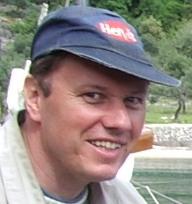22.4.16
Is your food what you think it is?
Melamine in milk powder, horse meat in
beef lasagne – these are only two recent examples of food fraud. How
can consumers learn whether a jar contains what its label says? See how
new hand-held miniature devices can tell us about food authenticity, and
learn about contaminants and food safety!
Food is an essential part of our daily lives. We
all want our food to be safe and we want to know what we are eating.
Nuclear techniques can be used to make food safer, to detect unsafe food
and to fight food fraud – the deliberate mislabelling of food products.
By determining the ratios of stable isotopes, such as hydrogen, oxygen
and carbon, in various foods, scientists can gain information on where a
food product comes from and what it contains - for example, whether
orange juice really only contains oranges.This is important not only to individual consumers, but also to global trade. Nuclear-related methods also enable experts to measure tiny quantities of pesticides or other chemicals in foods. Also, food can be made safer through irradiation that keeps it fresh for longer and protects it against parasites.
See how new hand-held miniature devices can tell us about food authenticity, and learn about contaminants and food safety!
If you want to learn more, check out this podcast that explains how isotopes help catch food fraudsters: http://www.fao.org/news/podcast/catching-food-fraudsters-through-isotopes/en/




